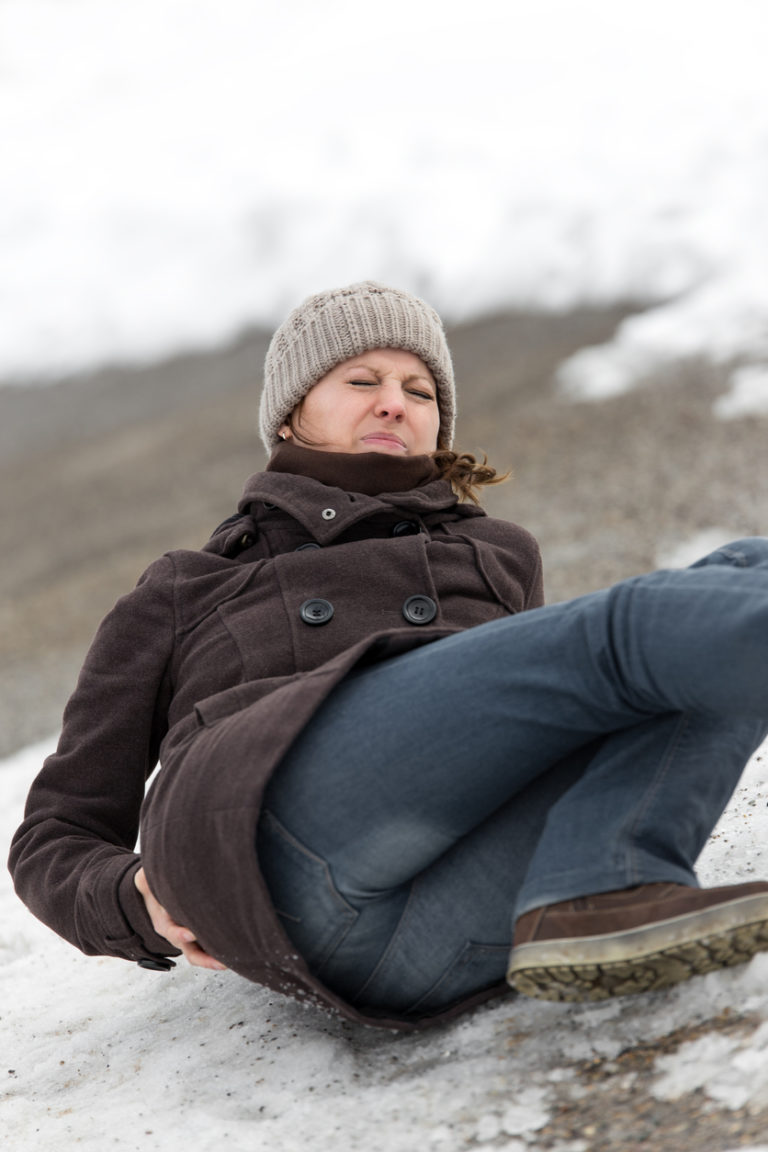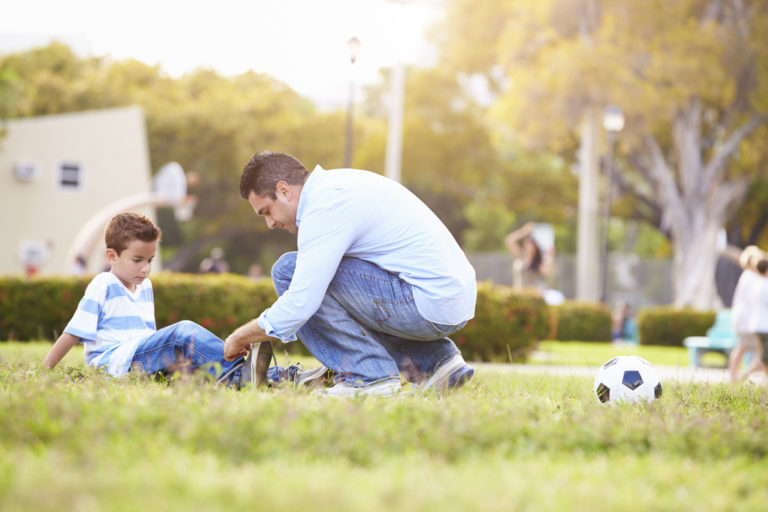
According to the Centers for Disease Control and Prevention (CDC), falls are the leading cause of non-fatal, unintentional injuries in children under the age of 9 and in adults over the age of 24. Falls are the second leading cause of non-fatal, unintentional injuries for those between the ages of 10-24. Older adults are two times more likely to die from a fall than in a motor vehicle crash. In fact, more than one out of four older people fall each year, but less than half tell their doctor. Falling once doubles your chances of falling again.
The statistics regarding falls is alarming. One out of five falls causes a serious injury such as broken bones or a head injury. Each year, three million older people are treated in emergency departments for fall injuries. More than 800,000 patients a year are hospitalized because of a fall injury, most often because of a head injury or hip fracture.
Next month is Fall Prevention Awareness Month, and New Jersey Governor Phil Murphy has issued a proclamation designating the week of September 23 as Fall Prevention Awareness in New Jersey. All year round, however, people should be aware of this serious risk and do what they can to minimize serious injuries due to falling.
Since anyone can fall, there are two helpful acronyms to remind you of simple tips to help keep you and your loved ones safe: SMART and SPOT.
For Adults, Always Be “SMART”
S – Maintain a SAFE home by decreasing fall risk hazards such as removing throw rugs, ensure good lighting inside and outside of the home, remove clutter, and keep electrical cords from being a tripping hazard.
M – Know your MEDICATIONS. Medications have side effects that may increase the risk of falling or increase the risk of injury after a fall. Learn about your medications so that you know what you take and why you take it. Be sure to understand the side effects and how they can impact you.
A – ACTIVITY plays a role in not only increasing your mobility but also increasing your strength and balance. Programs such as Tai Chi or Matter of Balance have been proven to increase balance and decrease falls.
R – ROUTINE, ongoing care for you such as annual eye and hearing exams play a vital role in helping to decrease falls.
T – TALK to your health care provider and discuss your fall risks, your medication, and an exercise program that is right for you. Many communities offer free exercise classes! Let your health care provider know if you have fallen.
For Children and Teenagers, You Will Be “SPOT” on With These Tips

S – SECURE children and teens with properly fitting seatbelts in the car. For smaller children, utilize provided restraint devices while in the high chair, shopping carts, and strollers, and never leave them unattended.
P – PRACTICE safety by being a role model. Allow small children to practice walking by holding their hand and teaching them to utilize handrails on the stairs. Toddlers can practice by utilizing sturdy activity devices.
O – OUTSIDE can be fun for everyone but make sure the playground has a shock absorbing surface to help reduce risk of injury in case of falls. Teach your children to use playground equipment properly and never let children play unattended.
T – TEACH children and teens appropriate play behaviors. Help them understand that being too rough can cause injury and that is no fun for anyone.
You can make a difference and help prevent unnecessary falls. Fall prevention begins with you.
###
Debra Williams, RN, MSN, CCRN-K, TCRN, is a Trauma Outreach/Injury Prevention Coordinator with Cooper University Health Care. To learn more about our outreach and community education programs, click here.
